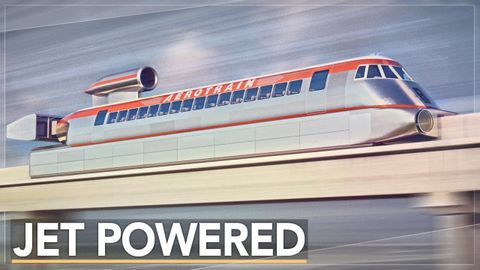
字幕與單字
快车的问题:气垫车发生了什么(The Problem With Fast Trains: What Happened to Hovertrains?)
00
joey joey 發佈於 2021 年 05 月 28 日收藏
影片單字
straight
US /stret/
・
UK /streɪt/
- adj.異性戀者;異性戀的;率直的;立刻的;直的;整齊的
- adv.筆直地;立刻地;誠實地;直接地;立即
- n.異性戀者
- v.t./i.弄直
A2 初級多益初級英檢
更多 使用能量
解鎖所有單字
解鎖發音、解釋及篩選功能
